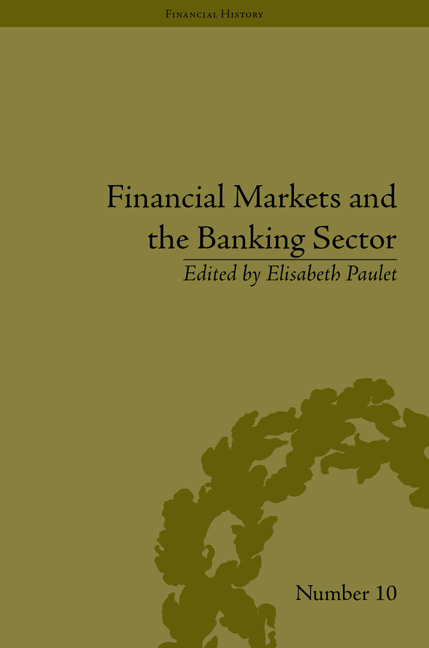Book contents
- Frontmatter
- CONTENTS
- List of Figures and Tables
- Introduction
- I Globalization and Financial Markets: a Dialectic Dynamic
- 1 Towards a New Model of Long-Term Finance
- 2 IFRS and the Need for Non-Financial Information
- 3 The Lessons of Luxembourg's Financial Centre: Towards a Certification of Ethics for Financial Centres to Replace Current Assessments
- 4 Is Economic Efficiency a Meaningful Device with which to Assess Insolvency Law?
- 5 Financialization of European Economies
- II Globalization and Banking Institutions: Evolution of Their Role and Institutional Aspects
- Conclusion
- Notes
- Works Cited
- Index
1 - Towards a New Model of Long-Term Finance
from I - Globalization and Financial Markets: a Dialectic Dynamic
- Frontmatter
- CONTENTS
- List of Figures and Tables
- Introduction
- I Globalization and Financial Markets: a Dialectic Dynamic
- 1 Towards a New Model of Long-Term Finance
- 2 IFRS and the Need for Non-Financial Information
- 3 The Lessons of Luxembourg's Financial Centre: Towards a Certification of Ethics for Financial Centres to Replace Current Assessments
- 4 Is Economic Efficiency a Meaningful Device with which to Assess Insolvency Law?
- 5 Financialization of European Economies
- II Globalization and Banking Institutions: Evolution of Their Role and Institutional Aspects
- Conclusion
- Notes
- Works Cited
- Index
Summary
Introduction: The Teachings of the Credit Crisis for Long-Run Investors
The so-called subprime crisis started as a local disturbance in a particular segment of the US mortgage market. It quickly became a global credit crisis, harming the huge securitized credit markets. The acute contagion that enabled such a disruption reveals much more than a temporary market failure. The widespread and persistent distortions in market pricing and financial firms’ incentives points to structural flaws in the global financial system.
Under lax monetary conditions and low inflation, the tremendous expansion of the financial system has not followed economic value creation. It has drained massive rents from the economy. To illustrate the point, in 1980 the share of profits captured by the US financial sector was 10% of total profit in the corporate sector. In 2007 it reached 40%. Meanwhile the financial sector makes up 5% of employment and 15% of value added of the corporate sector.
The way the expansion arose suggests that the process could not go on forever. In the quarter of a century from 1982, the stock market capitalization of the US corporate sector was multiplied by 6. Within this tremendous growth, the share of the financial sector jumped from 6% to 19%. The counterpart of this rush to asset accumulation was the explosion of leverage. The share of debt in the financial sector was 10% of debt of the corporate sector in 1980. It surged to 50% in 2007.
These amazing figures simultaneously highlight and hide a change in financial paradigm. Finance has mutated from a model of credit servicing the economy to quite a different one. From a micro-financial basis based upon the division of risk, endogamic transactions within the financial sector have proliferated under the pretext of risk transfer. They have created an endogenous force whereby market intermediaries have generated fat fees at each stage of the chain of risk transfer. Prodded by leverage, the process was an incentive to aggressive risk-taking that could last a long time thanks to hedging via derivatives.
- Type
- Chapter
- Information
- Financial Markets and the Banking SectorRoles and Responsibilities in a Global World, pp. 9 - 38Publisher: Pickering & ChattoFirst published in: 2014



